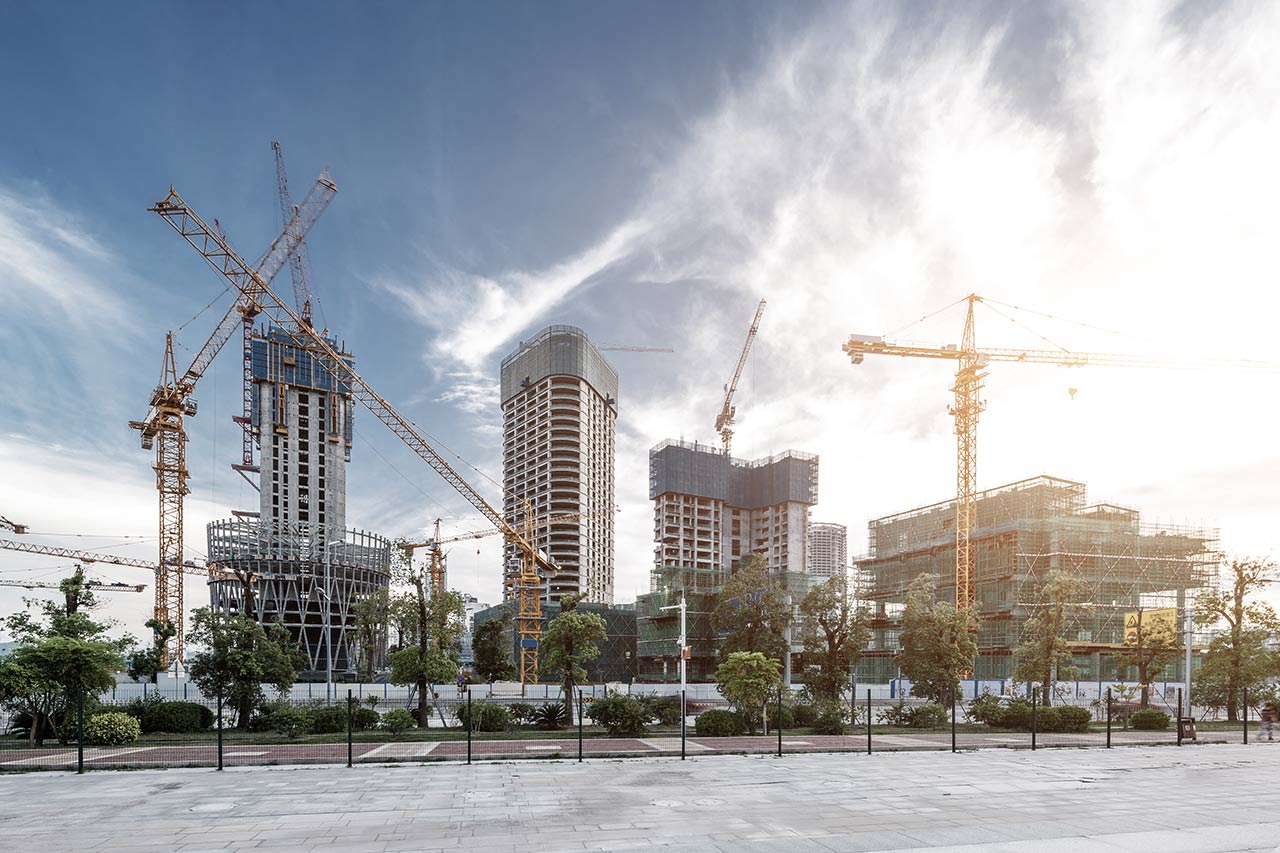Aeroelastic Flutter Observed in the Tacoma Narrows Bridge
This answer describes the process of aeroelastic flutter and how it was instrumental in the collapse of the tacoma narrows bridge.
Question
How was resonance instrumental in the collapse of the Tacoma Narrows bridge?
Answer
The Tacoma Narrows bridge, completed in July 1940, and also known as “Galloping Gertie” is one of the most well-known engineering failures and it is often used in high school physics lessons as an example of resonant frequency. However, the distinctive undulation of the bridge was not due to resonance at all, and was in fact an example of aeroelastic flutter. An actual occurrence of resonance in bridge design was the Millennium Footbridge in London, which swayed side to side as pedestrians walked across it.
Aeroelastic flutter is the same process that allows a “grass whistle” to work when a blade of grass is held between the fingers and blown on. The air passing across the blade will catch on one side more than the other, causing it to rotate away. This then causes the other side of the blade to become exposed to the air current, causing the blade to rotate back again. This process continues, causing the blade to effectively vibrate, rotating back and forth.
The Tacoma Narrows bridge was constructed with a relatively wide and slender deck and, as such, when wind blew down the valley, the same effect occurred, causing the bridge to rotate, twisting along its length. A number of studies were carried out during the short, 4-month, life span of the bridge to see if the rotation could be minimised, and a plan was approved to install fins on either side of the bridge deck, allowing wind currents to pass over the bridge, having less of an effect. Unfortunately, before these could be put into place, the bridge’s twisting became substantial on a particularly windy day, leading to the bridge’s collapse, only 2 days after the plans had been approved, in November 1940.
